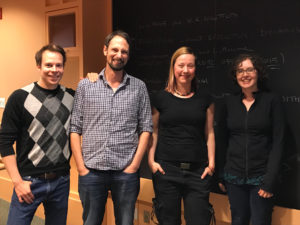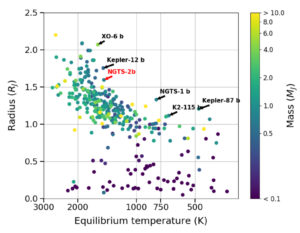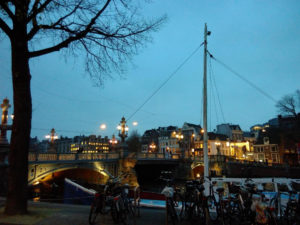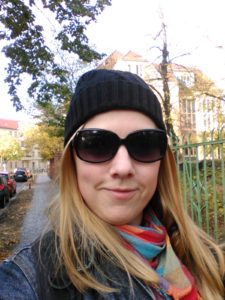Paper on alkali metals in an exoplanet’s atmosphere
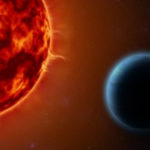
Together with my colleagues at AIP, and led by Engin Keles, a PhD student in my Star-Planet Systems group, we have published a paper on the detection of potassium in the atmosphere of a Hot Jupiter using high-resolution transmission spectroscopy.
The potassium absorption on HD189733b and HD209458b, Keles, E.; Mallonn, M.; von Essen, C.; Carroll, T. A.; Alexoudi, X.; Pino, L.; Ilyin, I.; Poppenhäger, K.; Kitzmann, D.; Nascimbeni, V.; Turner, J. D.; Strassmeier, K. G.
The Large Binocular Telescope (LBT) was used with the PEPSI spectrograph in this work; both the LBT and our institute published press releases about the result (LBT press release; AIP press release). This is an exciting result because not all Hot Jupiters have potassium detected in their atmospheres, even when they have detections of the similar element sodium. The data will be used to gain more insight into the atmospheric chemistry of Hot Jupiters.
Monthly Notices of the Royal Astronomical Society: Letters, Volume 489, Issue 1, p.L37-L41 (2019).


